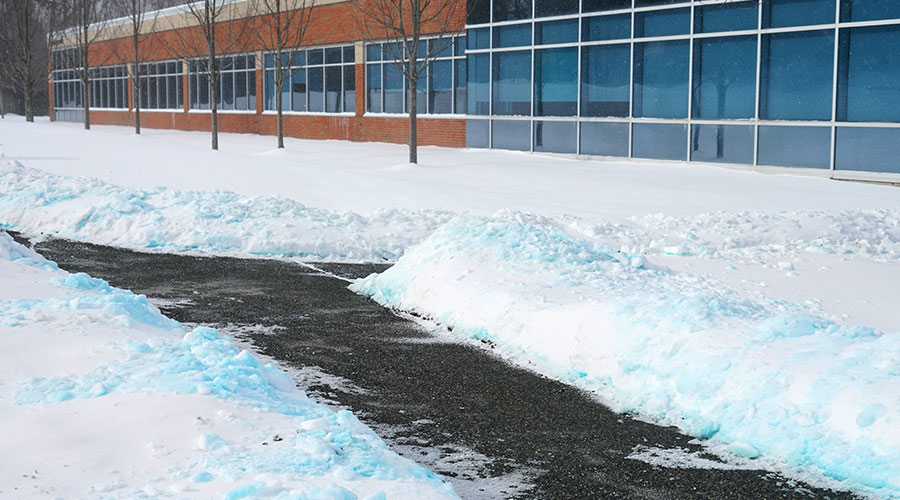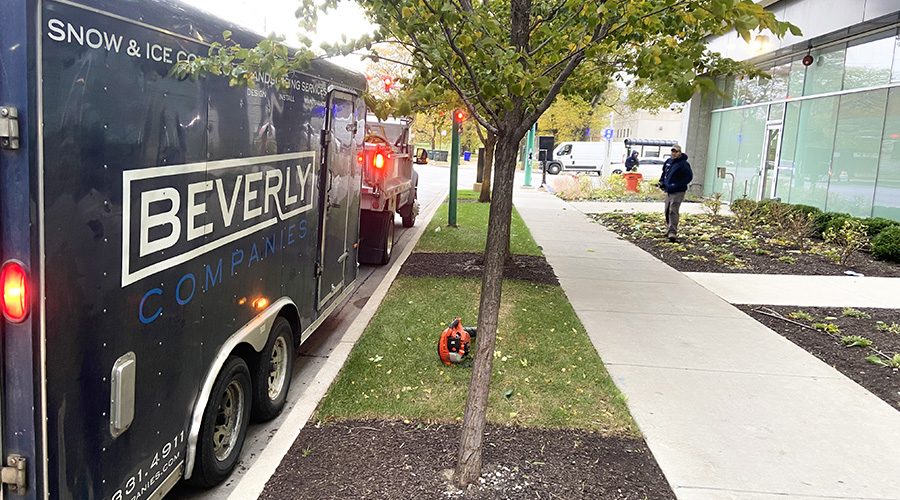The Hidden Weak Point in Most Snow Programs: Scope Alignment
Here are four steps every facility manager should take to make sure snow and ice contracts are ready for winter.
By Levi Jett, Contributing Writer
As facility managers begin preparing for winter, many assume that having a signed snow contract means the site is covered. But some of the most serious issues start long before the first snowstorm hits, and they often stem from documentation, not operations.
The weakest point in many snow and ice management programs is scope misalignment: when Master Service Agreements (MSAs), scopes of work, and vendor expectations don’t match up. This could be referred to as “scope fog” -- that is, FMs have read the scope, but they may not completely understand it.
When “Good Enough” Gets Risky
It’s common to see snow language reused from one year to the next, or worse, from a different site or account entirely. Over time, these documents drift from reality. A scope may reference services the site doesn’t need or doesn’t need anymore. Perhaps it fails to account for key variables like inspection cadence, closed or reduced hours, or pedestrian-heavy zones. Meanwhile, the contractor may be working off a totally different understanding.
This kind of misalignment can lead to:
- Trigger confusion (Often times a snow depth -- 1-2" for example -- is used for a service trigger, but more often than not, scopes of work are vague or silent on de-icing triggers).
- Scope gaps that lead to slip-and-fall exposure.
- Disputes over billing, timing, or severity thresholds.
When incidents occur, these inconsistencies are often discovered too late, during the claim or legal process.
Simple Fixes with Big Payoff
The good news is that facility managers can get ahead of these issues with a few targeted actions:
- Compare your scope of work against your MSA: are they consistent?
- Walk your site with the contractor before the season begins, does the scope match what they’ll actually perform?
- Clarify vague language like “as needed” or “maintain safe conditions.” What does that mean in practice?
- Align expectations internally: make sure your legal, risk, and operations teams are on the same page.
Snow and ice programs are only as strong as the documents they’re built on. Before the weather arrives, take time to align your contracts, scopes, and vendor strategy. Your winter readiness depends on it.
Levi Jett, CSP, ASM, ASCA-C, is owner and president of Jett Winter Advisers, a snow and ice management consulting firm.
Related Topics:












